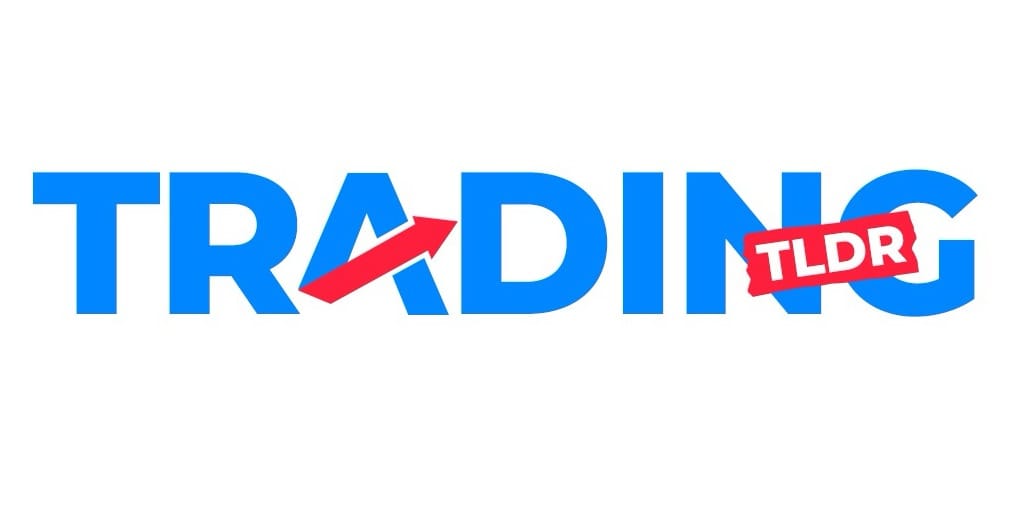Selloff cracks gold
....................................................................................................................


Good morning,
Markets are shaking, traders are tense, and the bears are creeping back in.
This week’s spike in volatility sent shockwaves through global markets - Asia plunged to lows not seen since 2008, and now Wall Street’s feeling the pressure.
With rising tariff tensions fueling fears, talk of another bear market is getting louder.
But here’s the deal: don’t panic - prepare.
Bear markets hit hard, but they never last forever.
The smart traders aren’t scared - they’re getting sharper.
In this issue, we’ve got the inside scoop on what’s really happening and the moves you need to watch to stay one step ahead.

💸 Goldman Slashes Growth Forecast as Recession Odds Jump to 45%
Goldman Sachs just doubled down on its recession warning—raising U.S. odds to 45% as Trump’s tariffs rattle the global economy. With J.P. Morgan now at 60%, is the Fed too late to stop a slowdown?
💥 Dow Futures Crash 1,250 Points as $5.4 Trillion Vanishes!
Dow futures plunged over 1,200 points overnight. $5.4 trillion gone. Nasdaq’s in a bear market. With Trump doubling down on tariffs and China firing back, investors are bracing for a full-blown meltdown.
🔥 Markets Burn as Tariff Shockwaves Spread Globally
Dow futures plunged over 1,600 points. Asian stocks crashed. Bitcoin, crude oil — all tumbling. Trump’s tariffs just shook the world economy, and there’s more coming Wednesday.
🪙 Bitcoin Crashes Below $78K Amid $247M Liquidations
Trump’s tariffs just wrecked crypto. Bitcoin plunged 6%, long positions wiped, and $247 million liquidated. Markets are in meltdown mode — and crypto's feeling the heat.
🚨 Dow Futures Dive, Nikkei Halted, Alibaba Sinks 18% in Global Panic Selloff
Markets around the world spiral as the U.S.–China trade war explodes. Trump doubles down, China retaliates, and investors are left scrambling in what’s shaping up to be the worst market storm since COVID.
⛈️ Gold Drops as Traders Sell the Safe Haven to Survive the Storm
Gold fell to its lowest since mid-March, down over 3% in two days. Why? The global sell-off is so brutal, traders are cashing out gold to cover losses elsewhere. Even central bank buying couldn’t stop the bleeding.
📉 Oil Tanks to 4-Year Low as Trade War Triggers Recession Jitters
Crude just can’t catch a break. With U.S.–China tensions exploding and recession odds rising, Brent and WTI dropped nearly 4% — marking their lowest since April 2021.Will the market rebound or continue its downward spiral?

Still no stock alerts today. The market is stuck in a messy, uncertain range.
No clear direction, no strong setups yet.
Sometimes the best move is no move.
We stay patient, protect our capital, and wait for the right opportunities to show up.
Once the charts give us something clean to work with, we’ll jump back in. Stay tuned!

Think You’re Not ‘Cut Out’ for Trading? Let’s Rewrite That Story!
If you’ve ever told yourself, “I just don’t have what it takes to succeed at trading,” you’re not alone.
Many traders fall into the trap of thinking talent or knowledge is something you’re born with.
But the truth?
Trading success isn’t about being ‘cut out’ for it - it’s about consistent effort, practice, and a willingness to learn.
Growth mindset newsletters show you how to break free from limiting beliefs and develop the skills you need to thrive.
Start rewriting your trading story with these newsletters today!

Average True Range (ATR)
ATR is a volatility indicator, not a directional tool. It helps traders measure how much an asset typically moves over a given time period.
This can help set stop-loss levels, gauge market excitement, or compare the relative volatility of different assets.
What to Look For:
- True Range Calculation: ATR is based on the "True Range," which is the greatest of:
- Current high minus current low
- Absolute value of current high minus previous close
- Absolute value of current low minus previous close
- Smoothing Factor: ATR usually uses a 14-period moving average of the true range.
- Volatility Gauge:
- High ATR = High volatility (big price moves).
- Low ATR = Low volatility (price is calm or consolidating).
- No Directional Bias: ATR doesn’t tell you where price is going, just how much it’s moving.
- Use Case Examples:
- Setting Stop Losses: Wider stops in high ATR environments to avoid getting stopped out too early.
- Breakout Confirmation: A spike in ATR can signal strong momentum behind a breakout.
- Avoiding Flat Markets: Low ATR may warn of choppy, indecisive conditions.

“You were right… but still lost.”
There’s a special kind of pain in trading - not from losing outright, but from watching a winning trade turn against you.
Your account surges.
You’re on top of the world.
And then, slowly, silently, the market creeps toward your stop-loss.
You don’t flinch - you stick to the plan.
Discipline keeps your finger off the mouse.
Click.
Your stop hits.
The profit that felt already yours?
Gone.
Then, just to rub it in, the market reverses.
As if it knew.
It’s not just the money - it’s the emotional whiplash.You were right, but you still lost.
Just like what’s happening now with the Trump tariff uproar.Traders saw opportunities, jumped in with conviction - and then boom, one headline shifted everything.
Fundamentals didn’t change, your thesis was sound… but the market didn’t care.
This is the cost of the game.
Trading doesn’t reward “if only.”
It rewards discipline.
It rewards resilience.
It rewards the ones who show up again, not just the ones who were right.
So, take the hit. Let it sting.
Then get back in the ring.
Because fear of the next loss can’t keep you from the next big win.
Not if you’re serious about staying in this game.





